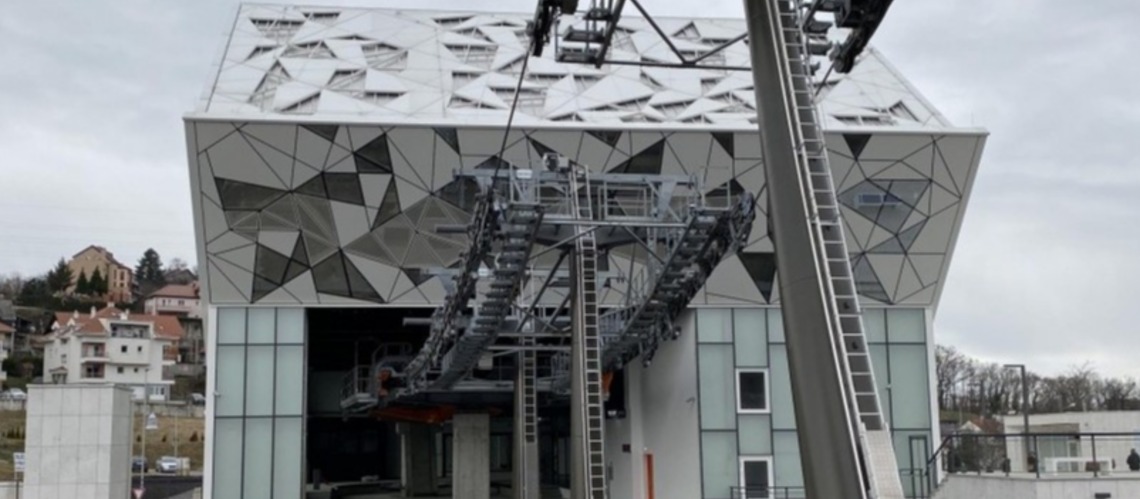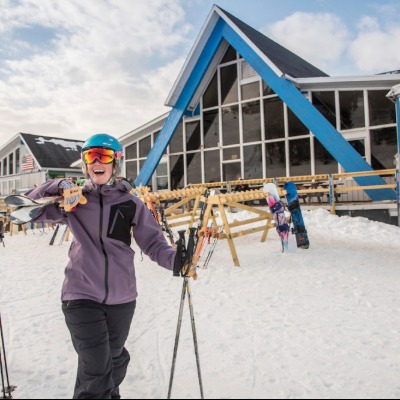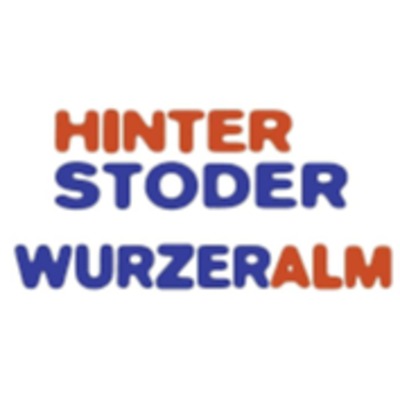Axess Proud Of Zagreb's New City Cable Car And The Clever System Behind It

A good two decades after the idea of the city ropeway first emerged as an idea in Zagreb, it was implemented in 2021 with the help of Axess. An ambitious project that finally connects the city of Zagreb directly with its local mountain and the World Cup ski area Sljeme.
“Zagreb was a special project that required a lot of planning skills, know-how and also pioneering work on the part of Axess,” explains Eduard Wallner, one of the founders of Axess and who was primarily responsible for the project. It wasn't just about implementing the entry to the gondola, but also developing a well thought-out system with a central database that included everything from online ticket purchases to the park and ski tickets.
The starting point
Zagreb wanted to kill three birds with one stone with the city cable car: to relieve the city itself of traffic, to better integrate the local mountain Sljeme and its ski area and to fully exploit the potential of city tourism. To ensure the best possible flexibility and functionality, a complete and integrated system should take care of everything. A central brain that keeps an eye on every piece of the puzzle and enables guests to use any ticket combination.
Enter Axess
Because the project represented uncharted territory for Zagreb as well, both Axess' experience and modular technology were required to implement this type of holistic integration. Five POS systems were installed on site, supplemented by nine TICKET KIOSKs 600 and two PICK UP BOXes 600. The integration of the WEBSHOP into the system opens up many options for buying and combining tickets. In the future, guests can conveniently book the gondola ticket, the ski ticket and the parking ticket at home. Need a spontaneous supplement? Buy a ski ticket in the parking garage? The on-site system allows additional bookings to be made at any time.
“This flexibility is what makes the city cable car so attractive for guests. And management becomes very easy for the operator. Everything can be tracked, analyzed and adjusted via a central system, ”Wallner continued.
Benefits for the guest
For the guests this means: less waiting in line, less contact, more choice, a better overview and convenient spontaneity.
The use of handhelds also improves the on-site service performance. And already existing RFID cards - for example from the ski area - can be used to adapt the service package. It is such a sophisticated system that the operating company ZET AG has already expressed interest in promoting automation in further public transport projects. Wallner said: “We would of course be happy to pick up here. Working with several organizational groups, from the operator to installers and logisticians to structural engineers, was a great experience that we would be happy to do again at any time ”.













